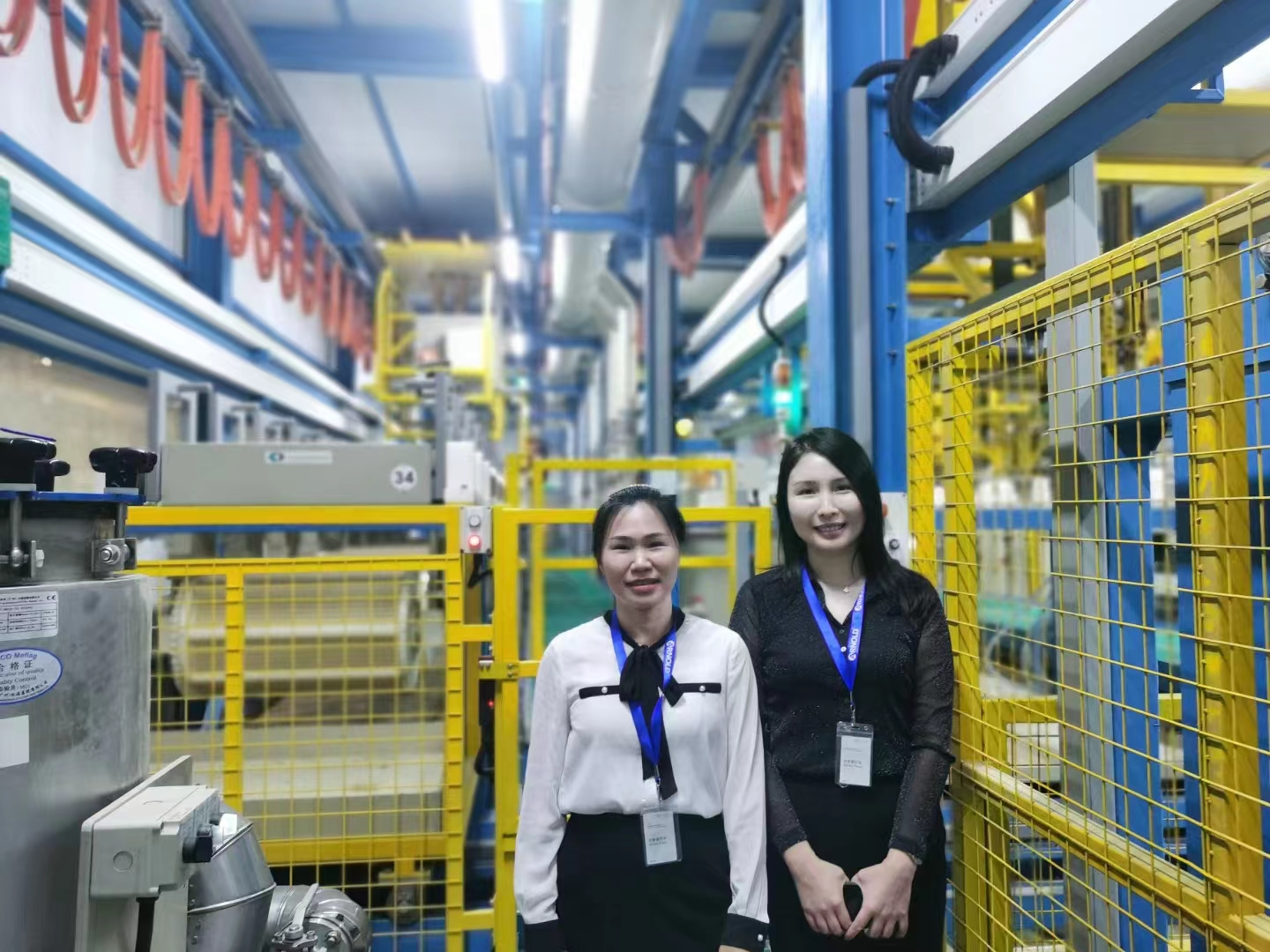

The Watt type formula only has three basic components: nickel sulfate, nickel chloride, and boric acid. This is because the main salt concentration of the Watt type nickel plating solution is relatively high, and the bath temperature is also relatively high. The high concentration of the main salt leads to an increase in the conductivity of the plating solution, an increase in the bath temperature, an increase in the movement speed of various ions in the plating solution, a decrease in resistance, and an increase in conductivity. Therefore, it has good coverage and dispersion ability.

(1) Nickel sulfate is the main salt in the electrolyte, supplied to Nr. The content range of nickel sulfate in production is relatively wide, ranging from 100 to 3509/L. In general, electrolytes with low nickel sulfate content have better dispersion ability, fine coating crystallization, and are easy to polish. But its cathode current efficiency is low, and the allowed cathode current density is small, so the deposition rate is slower. Electrolytes with high nickel sulfate content can use higher cathode current density, accelerate deposition rate, and achieve uniform coating color. However, the dispersion ability of the electrolyte decreases, resulting in a glossy coating and a large amount of electrolyte carried out. Therefore, electrolytes with high nickel sulfate content are generally only suitable for rapid nickel plating and bright nickel plating.
(2) Nickel chloride or sodium chloride is a conductive salt, an anode activator, and also has the effect of improving the dispersion ability of the electrolyte. Due to its wide source and low price, sodium chloride is a commonly used anode activator in ordinary nickel plating electrolytes. In general bright nickel plating, in order to reduce the adverse effects of sodium ions (lower the upper limit of cathode current density), nickel chloride is often used as an anode activator. Nickel chloride can also supplement the consumption of metal nickel ions in the electrolyte. The content of chloride should be controlled between 7209/L (calculated by sodium chloride). When the content is too low, the anode is prone to passivation, resulting in a decrease in nickel content in the electrolyte, current efficiency, and deposition rate. If the content is too high, it will promote rapid anodic dissolution, which can easily cause coarse crystallization and fuzzing of the coating. At the same time, the internal stress of the coating increases, thereby reducing the quality of the coating and easily corroding the electroplating tank and its auxiliary equipment.
(3) Boric acid is a buffering agent in the nickel plating electrolyte of the electroplating solution formula, which plays a role in stabilizing the pH of the electrolyte. Boric acid has a good buffering effect in weakly acidic solutions, so it is an important component in ordinary nickel plating electrolytes (pH 4-6). The buffering effect of boric acid is related to its content. When its content is higher than 319/L, its buffering effect is more significant. If its content continues to increase, a portion of boric acid will be converted to tetraborate.
(4) Sodium sulfate and magnesium sulfate can improve the conductivity and resistance of the plating solution, thereby improving its coverage and dispersion ability. When sodium sulfate is used as a conductive salt, the sodium ion content in the electrolyte is relatively high. Although it increases cathodic polarization, it is conducive to hydrogen ion discharge, causing a faster increase in pH in the cathode area, and leading to the formation of hydroxide or alkaline salt precipitates, resulting in poor coating quality. So sodium sulfate or other sodium salts should be added as little as possible in the electrolyte, and not in the fast nickel plating electrolyte. Adding magnesium sulfate can make the coating naturally soft. These inorganic salts act as auxiliary additives.
(5) Sodium dodecyl sulfate is an anionic surfactant with a molecular structure containing a hydrophilic group (sulfate) and a hydrophobic group (long-chain alkyl), which reduces the interfacial tension between liquid gas and liquid solid. Adding it to the nickel plating solution of the plating solution formula can reduce the surface tension of the plating solution, making it easy for hydrogen bubbles to precipitate and not staying on the cathode surface, resulting in pinhole pitting in the coating. So it is called anti pinhole agent (or wetting agent).